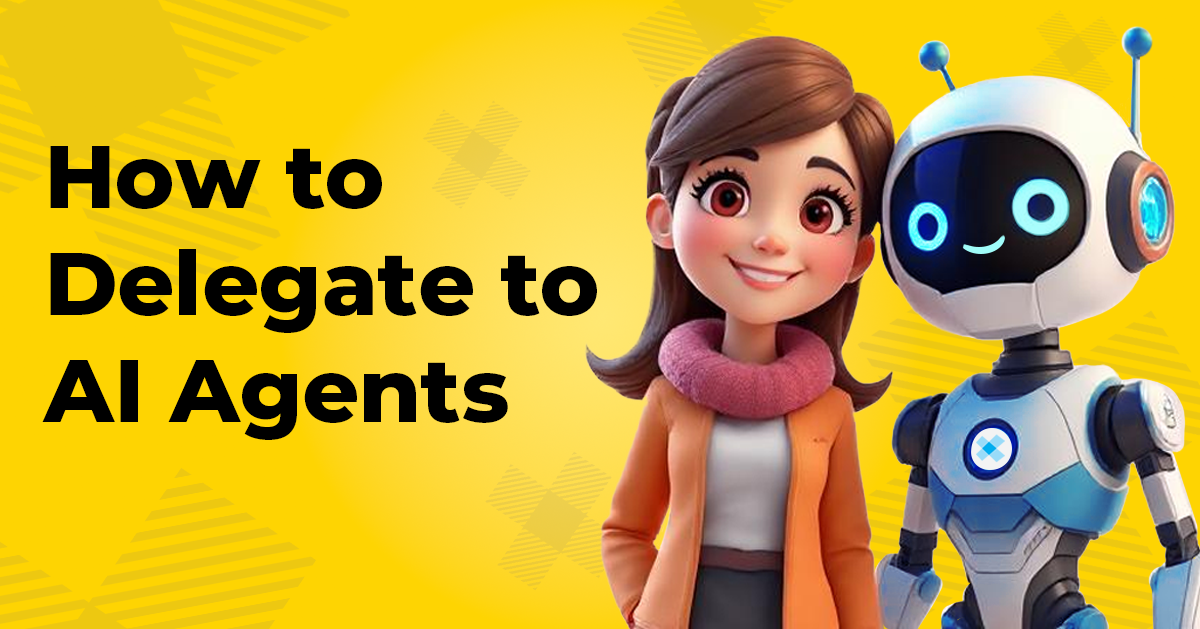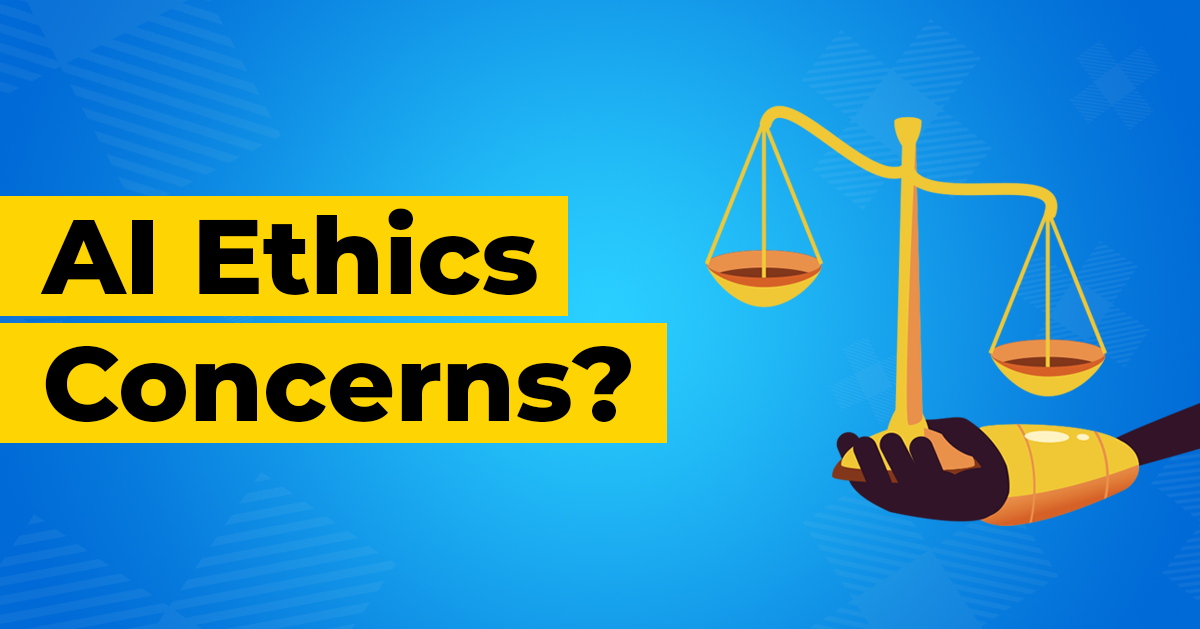
Chatting bots are not just script anymore, they are evolving into thinking entities that can interpret intent, understand context, and respond with nuance.
In enterprises, this shift means more than smoother conversations, it enables automations that are adaptive, scalable, and capable of aligning with business objectives. What once required rule-based engineering now thrives on machine learning, context awareness, and dynamic decision-making.
What does “Brain” mean in a Bot?
The “Brain” refers to the system’s core intelligence, in an enterprise The Brain is the orchestrator of intelligent behavior, it is what empowers bot to be flexible, not fragile. It encompasses everything from language understanding and memory to decision making and integration logic. The brain enables bots to go beyond fixed paths, to personalize interactions, and to operate across systems in real time, whether used in customer service, HR, finance, or Information Technology, it is an intelligence layer that determines how effectively bot can deliver business value.
Key Components of the Brain
To truly understand what makes a bot intelligent, we need to look under the hood and explore the key components that form its “Brain”, the layered systems that enable it to perceive, process, decide and act.
Perception Layer
This layer captures raw input (typed or spoken) and transforms it into structured signals. Enterprises automations or bots rely on NLP and speech recognition tools to handle diverse inputs, including multilingual, domain specific, and noisy data. This layer forms the first touch point between the outer world and system, ensuring accessibility and accurate interpretation across channels like web, voice and mobile.
Understanding Layer
This layer is where the magic of comprehension happens. Large Language Models (LLMs) and neural embeddings power the automation’s ability to interpret meaning beyond keywords, grasping intent, tone and even emotional cues. Intent recognition systems categorize user goals, while embeddings capture semantic relationships between concepts. This is where a bot understands that “I am freezing” might mean “turn up the heat” in the right context. It is not just hearing words, it is about understanding what they mean.
Memory Layer
For a bot to feel intelligent, it must remember what was said moments or even sessions ago. The memory layer manages context persistence, enabling the bot to maintain conversational coherence over time. It stores relevant details like user preferences, past interactions, and ongoing tasks. Vector databases or context windows help in retrieving the most relevant pieces of information dynamically. This layer is the difference between a bot that repeats itself and one that feels like it is listening.
Decision Layer
Once the bot understands the input and remembers the context, it needs to decide what to do next. The decision layer uses dialog managers, rule engine, reinforcement learning, or behavior tree to determine the optimal response or action, it can be reactive or adaptive. This layer is responsible for planning, branching, and conflict resolution when multiple intents or actions compete. It is essentially the bot’s executive function, choosing wisely what happens next.
Action Layer
Finally, the action layer brings the bot’s decision to life. Whether it is replying with a message, executing an API call, updating a database, or speaking aloud via text-to-speech, this is the layer that interfaces with the outside world. In LLM-based natural language generation crafts human-like responses. In task-oriented bots, it might involve triggering backend workflows or services. The effectiveness of this layer determines how fluid, useful, and believable the bot’s output feels to the user.
Training The Brain
Training the brain of a bot involves a mix of approaches, depending on the desired capabilities and control. At the core, fine-tuning large language model on domain specific data ensures relevance, while Reinforcement Learning with Human Feedback (RHLF) is often used to align responses with expected behavior and tone. Transfer learning allows bots to leverage pre-trained knowledge while adapting to niche enterprise use cases with minimal data. Most production bots today operate on static models, trained once and deployed with fixed behavior. But there is a growing push toward continuous learning systems that update based on new interactions and feedback loops.
This introduces both promise and risk. Adaptive bots can improve over time, but without guardrails, they may drift or absorb unintended behavior. It raises a provocative question for enterprise leader; Should bots forget? And if so, what, when and how?
Conclusion: Designing the Thinking Enterprise
The shift from scripts to brains is more than a technical evolution, it is a transformation of how enterprises think about work. Smart Bots can augment teams, elevate service quality, and unlock new efficiencies, but only if their brains are built with intention, accountability, and scalability in mind. The future of enterprise automation is not just about doing more with less; it is about doing smarter with intelligence at the core.
Explore how Intelligent Automation can drive efficiency in your organization. Contact The Canton Group today!



